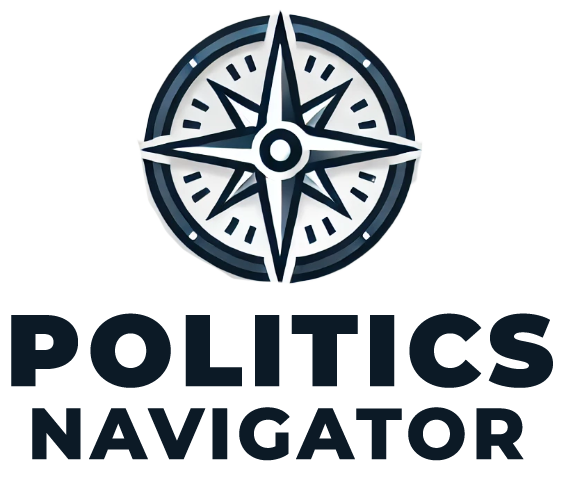For decades, women in the United States have been surpassing men in college completion rates, a trend that continues to grow and extend across all major racial and ethnic groups. According to recent research by the Pew Research Center, women between the ages of 25 and 34 are consistently more likely than men in the same age group to hold a bachelor’s degree. This gender gap has widened significantly over time, highlighting both progress and ongoing challenges in higher education access and equity.
The Growing Gender Gap in College Completion
In 1995, the rate of young men and women holding bachelor’s degrees was equal at 25%. However, by 2023, this parity had shifted dramatically, with 47% of women ages 25 to 34 earning a bachelor’s degree compared to only 37% of men. The growth among women represents a 22-percentage point increase over nearly three decades, while men have seen a smaller gain of 12 points.
This widening gap has been attributed to a variety of social, economic, and cultural factors, including differing priorities and barriers faced by men and women in pursuing higher education.
Why the Gap Exists
A 2021 Pew Research Center survey shed light on why Americans without a bachelor’s degree opted not to pursue one. Among men, the most common reason cited was simply a lack of interest, whereas women were more likely to point to financial constraints as the main obstacle.
This contrast suggests that while women are more motivated to seek higher education, systemic barriers like affordability remain a significant hurdle for many.
Gender Gaps Across Racial and Ethnic Groups
The gender gap in college completion is present across all major racial and ethnic groups, though the size of the gap varies.
- White Adults: In 1995, White men and women were equally likely to hold a bachelor’s degree (29%). Today, 52% of White women in the 25-34 age group have a degree compared to 42% of White men—a 10-point gap.
- Black Adults: Black women have seen significant gains in college completion compared to their male counterparts. In 1995, 14% of Black women and 16% of Black men held a degree. By 2023, 38% of Black women had completed college versus 26% of Black men—a 12-point difference.
- Hispanic Adults: The gender gap among Hispanic students has also grown. In 1995, 10% of Hispanic women and 9% of Hispanic men held a degree. By 2023, these figures had risen to 31% for women and 22% for men—a 9-point gap.
- Asian Adults: Asian men and women have both experienced significant gains in higher education, but their gender gap is smaller. In 1995, 42% of both Asian men and women had a degree. Today, 77% of Asian women and 71% of Asian men have achieved this milestone.
Implications for Higher Education
These trends reveal several key takeaways:
- Educational Equity: While women are excelling in college completion, challenges such as affordability and access still disproportionately affect certain groups, especially women of color.
- Shifting Priorities: Men’s declining interest in higher education raises questions about societal expectations, workforce opportunities, and the perceived value of a college degree.
- Targeted Support: Addressing financial barriers and encouraging underrepresented groups, particularly men in certain racial and ethnic communities, to pursue higher education could help close the gap.
Moving Forward
Efforts to bridge gender disparities in education must involve tackling the underlying factors that discourage men and women from seeking college degrees. For women, increasing access to scholarships, affordable tuition options, and support for balancing family and educational responsibilities could help more achieve their goals. For men, creating awareness about the long-term benefits of a college education and addressing societal stigma around academic achievement could drive more interest.
The fact that women are outpacing men in college completion across all racial and ethnic groups is a testament to their determination and resilience in the face of challenges. However, the underlying disparities in access and opportunity must be addressed to ensure that everyone—regardless of gender, race, or socioeconomic background—can achieve success in higher education.
As these trends continue to evolve, policymakers, educators, and communities must work together to create an environment where higher education is accessible and attainable for all.


